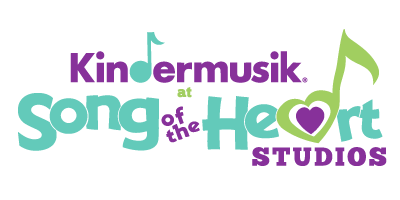Something we educators notice during our classes is that very often the caregivers in class have rising stress levels as they try to control their child’s behavior.
We get it. Every JOY Team member is a parent. We know the feeling of judgment when our child acts out in public. We also know that parents have very little “control” over their children. What we mean by that is that your child is who they are.
If they are reserved and prefer to learn through observing, then people think they are well behaved and the parents are doing a good job. But truthfully your kid just came wired that way and it probably doesn’t have much to do with your parenting.
If your child is a runner or a screamer or a thrower that also is not because of your parenting. It is not a reflection of you as a parent if your child creates a ruckus in class. They are who they are. They just came wired that way.
But we do know that there are some socially unacceptable behaviors that we have to try to manage when we are out with our kid in public. So if you have one of those kids that seems hard to control, this post is for you.
First, breathe. Again. Again. Probably again.
You cannot help your child manage their behavior if you cannot manage your own. The first step in co-regulation is to regulate yourself. It is proven that 3+ breaths can calm your nervous system, bring your brain up to an executive functioning state, and allow you to be in control.
Second, recognize that ALL behavior is communication.
Your child is running laps around the room? They are telling you they are learning through their body and need physical stimulation.
Your child is screaming? They are having big emotions about something and they need help regulating those emotions.
Your child is hitting? They are frustrated that they aren’t getting their way.
Instead of focusing on the behavior, identify what your child is trying to communicate. Then you can co-regulate with them or help them find a solution to their problem or just validate their feelings.
Third, breathe again.
But this time, make sure your child sees you do it. Catch their attention with a sharp intake of breath and a gentle touch on their elbow. When they look at you . . . breathe. Slowly and deliberately. This will trigger their mirror neurons and they’ll begin to slow their breathing. This is the core of co-regulation. Getting on their level, calming their nervous system, then solving the problem.
Fourth, remember you are your child’s PARTNER.
You don’t need to control them. You need to teach them self-regulation through modeling and co-regulation. Partnering with them might mean going with them as they explore the room. That way you can connect and scaffold, but you can also prevent any potential dangers in the environment or with the other children. Partnering with them might mean removing them from the classroom temporarily so reduce stimulation so you can co-regulate their nervous system and bring them back to calm.
Fifth, remember we’re all in this together.
We are a class family. We support you. We know how hard it is to be a caregiver. We don’t judge you or your child. We understand that some kids are hard. Some days are hard. Don’t feel judged. And don’t give up. Just breathe.

